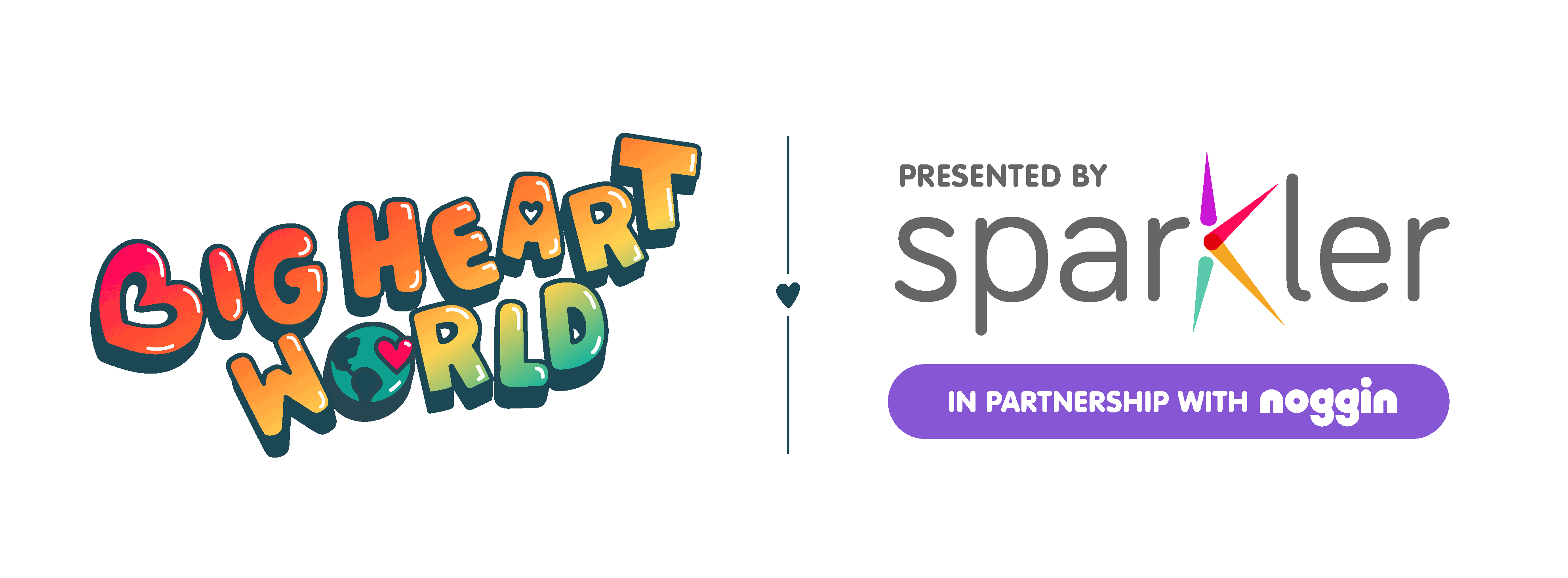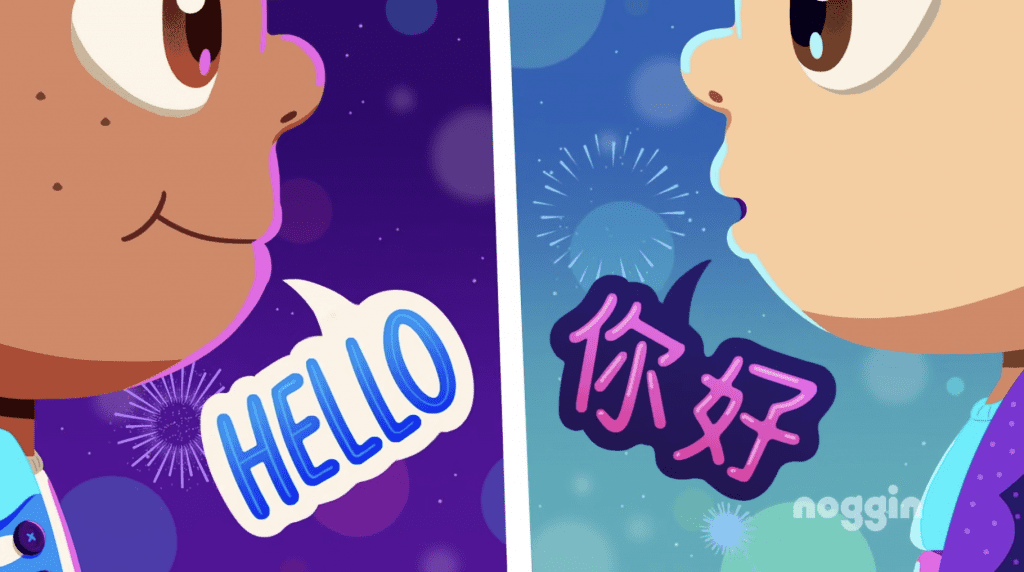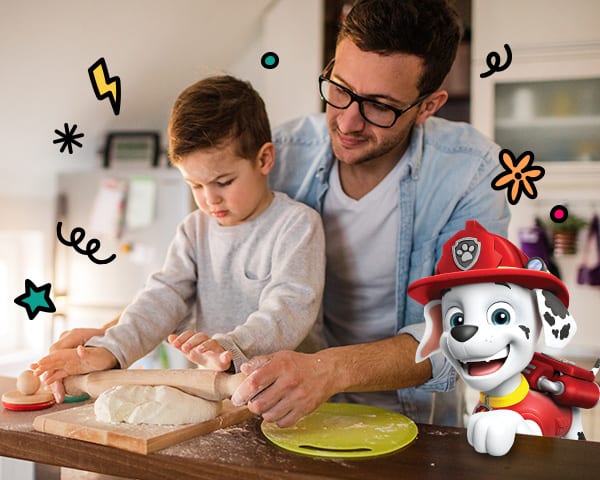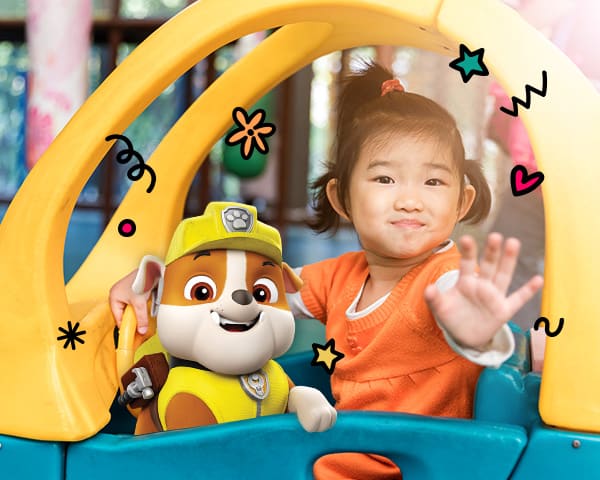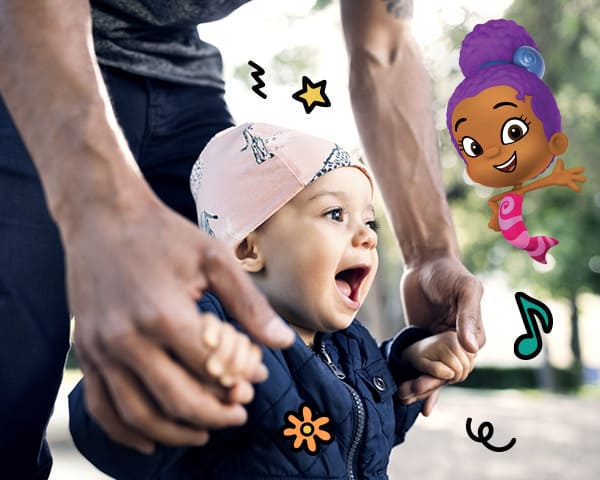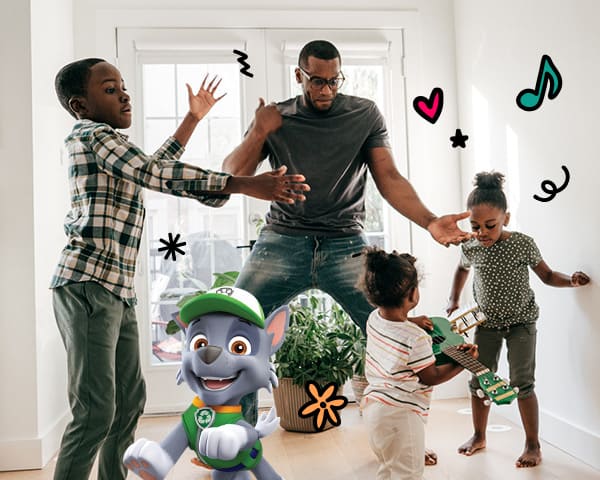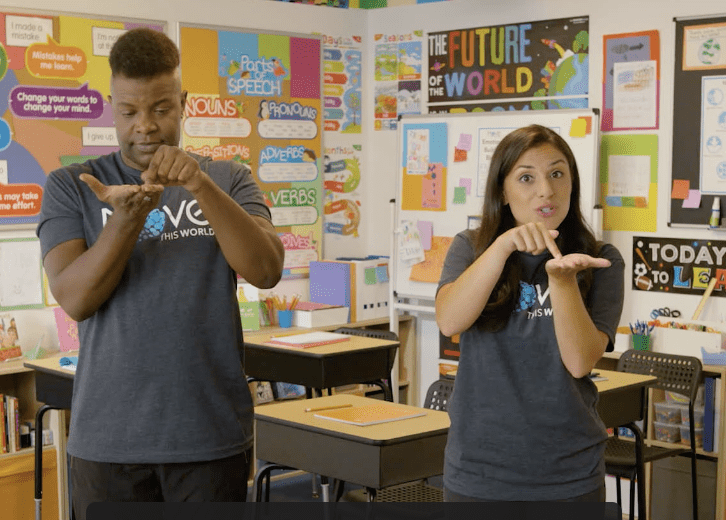Big Heart World Unit 3: Similarities & Differences
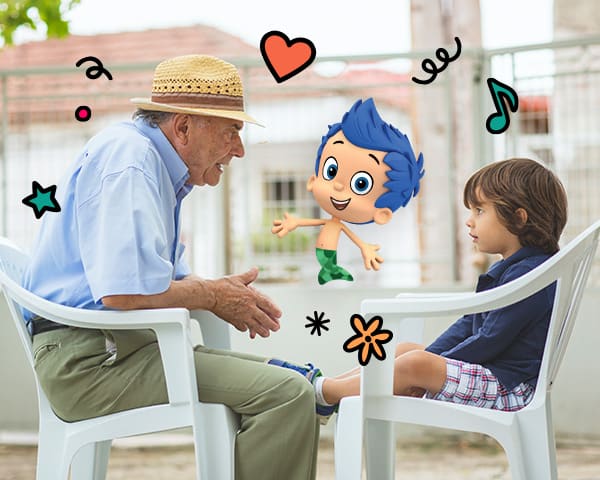
The world is made up of different people — people of different races/ethnicities, religions, traditions, languages, abilities, and talents. Sometimes these differences can divide people. For example, people of different political beliefs might fight with each other, or sometimes people of different races or religions might not socialize.
But differences have the power to bring people together in ways that are wonderful! Learning about other people can open our eyes to new traditions, stories, foods, words, beliefs, and ideas. Playing and working with different people helps us solve new problems in new ways and learn new perspectives.
Unit 3 focuses on the similarities and differences between us and others. This unit has three core ideas:
- It is important to recognize, embrace, and value similarities and differences.
- Every person belongs.
- We are better together.
All children notice differences. Research shows that children notice racial differences in people as early as 6 months of age. Parents, caregivers, and educators can talk to children about differences — in physical appearance and beyond — to help them learn to respect all the different people that make up a classroom, a community, or a country.
Grown-ups can help children acknowledge and celebrate the things that make us different as well as the things that make us similar. There are many tools that adults can use to help children learn about similarities and differences, including:
- Books that incorporate a range of characters, cultures, abilities, and languages
- Cooking recipes from many cultures
- Games that teach words from different languages
- Activities or gatherings where children have opportunities to meet people with different backgrounds, races, beliefs, etc.
Conversations about similarities and differences early in life can help children to appreciate people’s unique differences and to use their voices to stand up for all people, no matter the color of their skin, the languages they speak at home, or where they were born.
Community Colors: Make a Map of All of Us
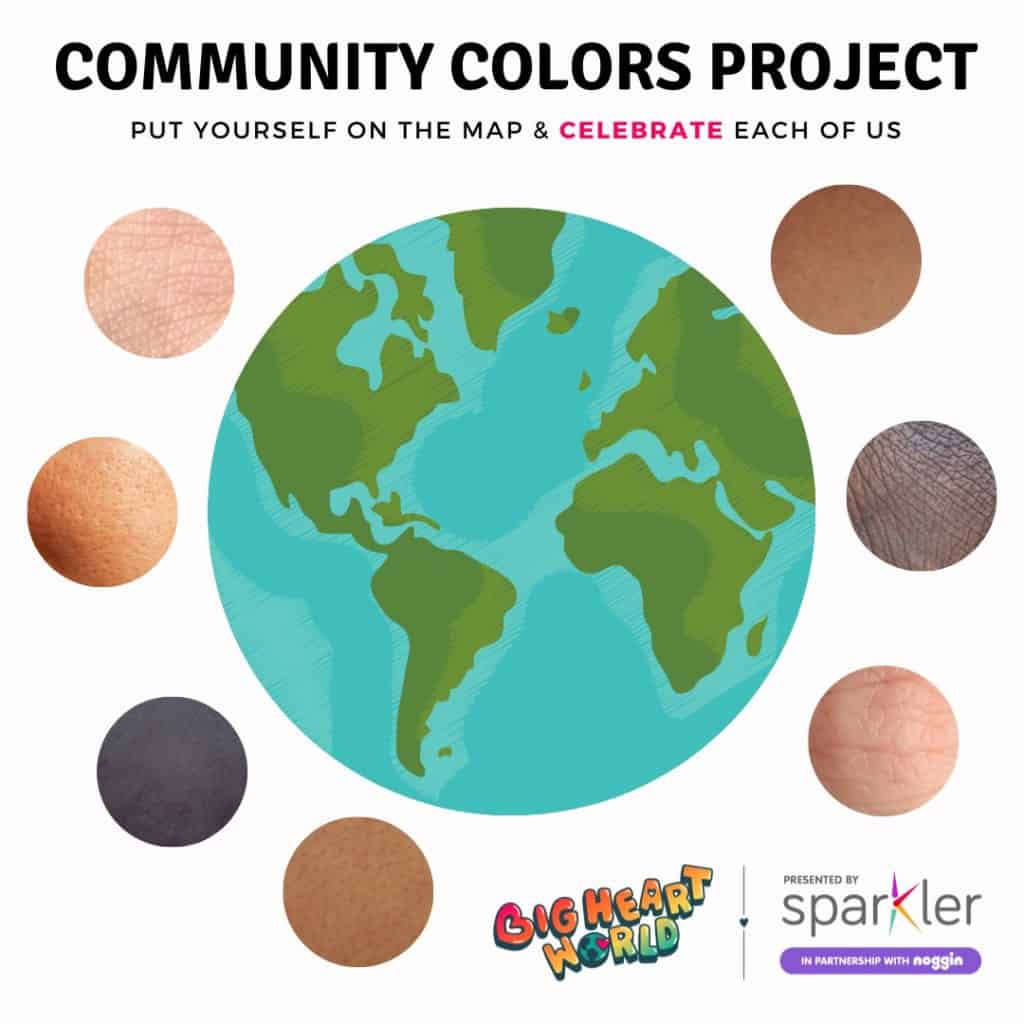
Children notice differences in skin tone from infancy, and talking with grown-ups about what they see will help them to make sense of — and be open to — the world around them and the people in it. No two people are exactly the same — and we can celebrate those differences. Our different skin colors give us an opportunity to discuss important topics like being inclusive and being upstanders.
Join the Big Heart World Community Colors Project to start the conversation! (Also in Spanish.)
Read to Explore Similarities & Differences
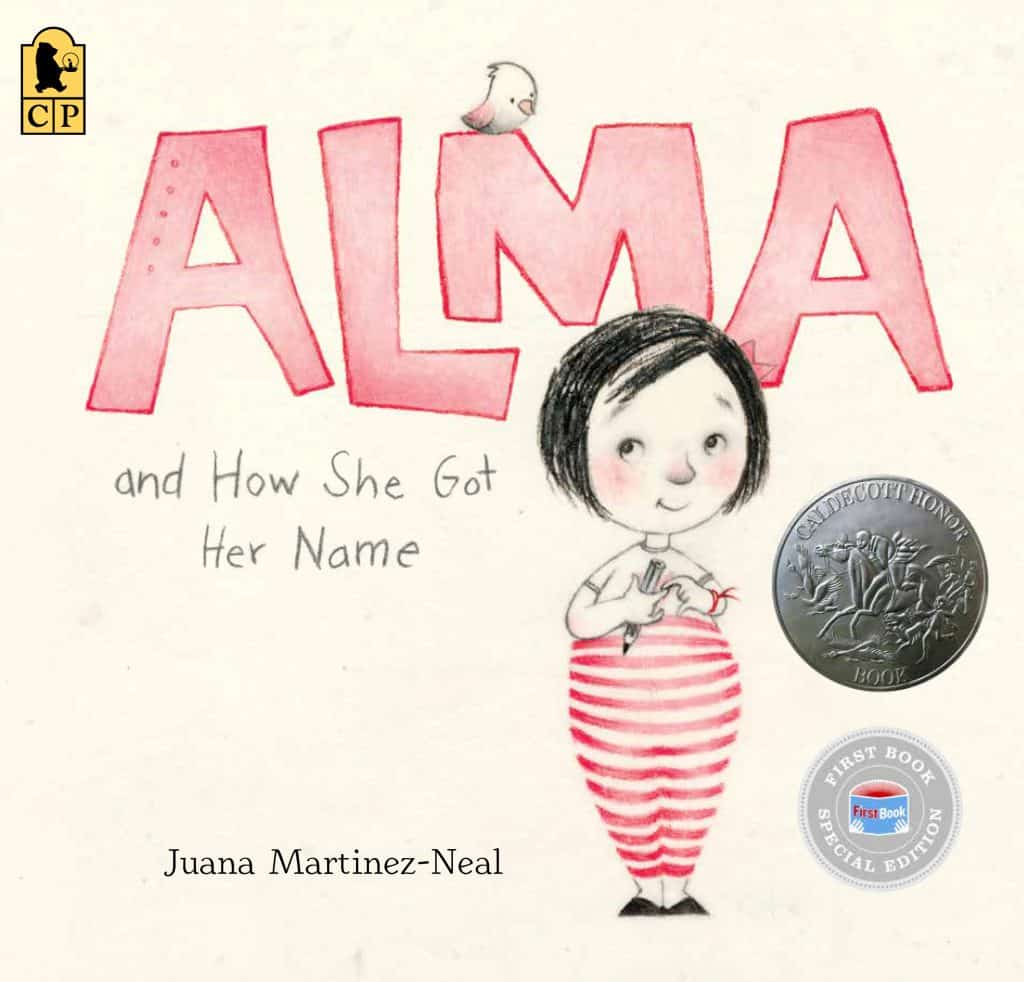
Read picture books that explore “similarities and differences.” Read and use discussion questions, including:
- What is different about the two characters?
- What do the two characters have in common?
- What does their similarity reveal?
Listen to Explore Similarities & Differences
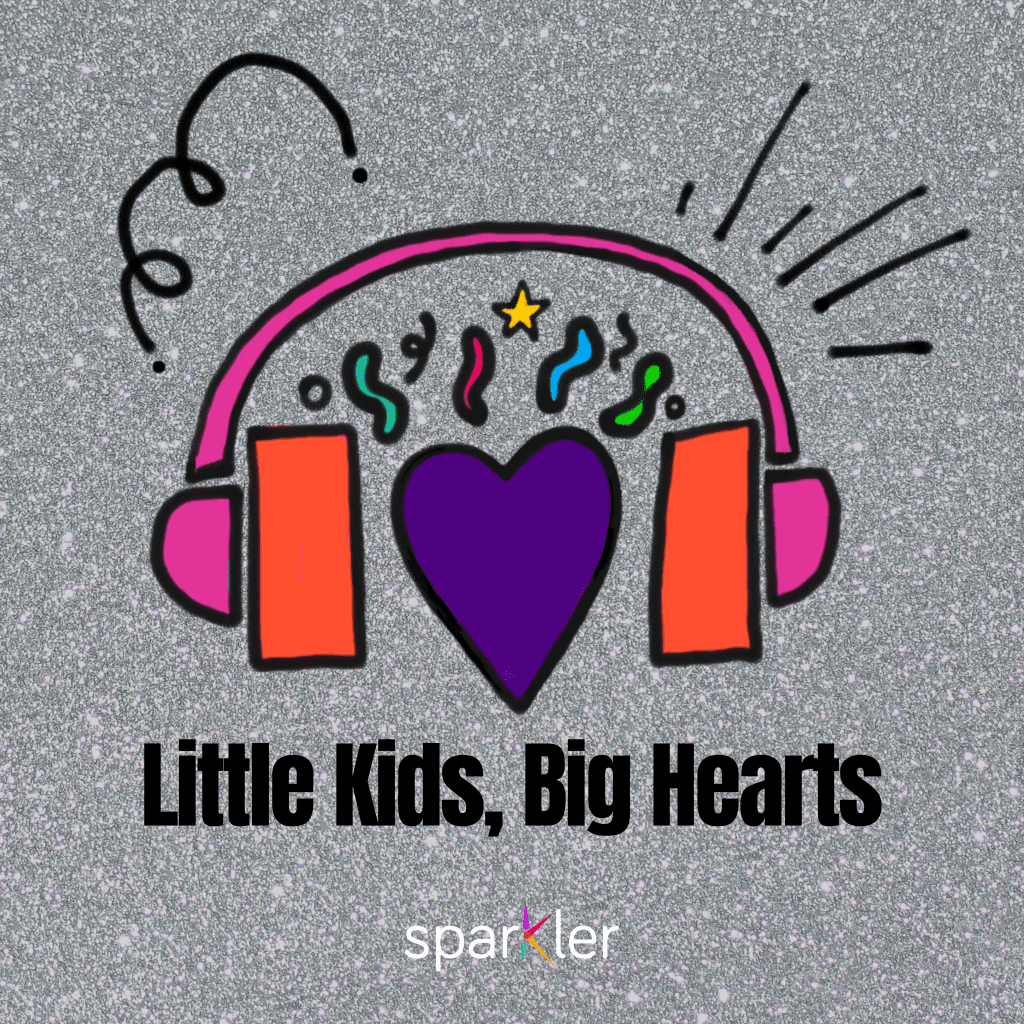
Little Kids, Big Hearts is a social and emotional learning podcast that helps parents, caregivers and educators explore “heart skills” with their children. In the first episode, Todd and four kids discuss what it means to have a “big heart” and what it feels like to be brave, sad, angry, happy, and silly. Use our discussion guide, in English and Spanish, to keep the discussion going!
Sing Along to Explore Similarities & Differences
Listen to “Celebrate Our Difference” from Noggin’s Big Heart Beats Album. What makes us different makes us awesome!
Find an interview with the artists and activities to play to dive into the topic!
